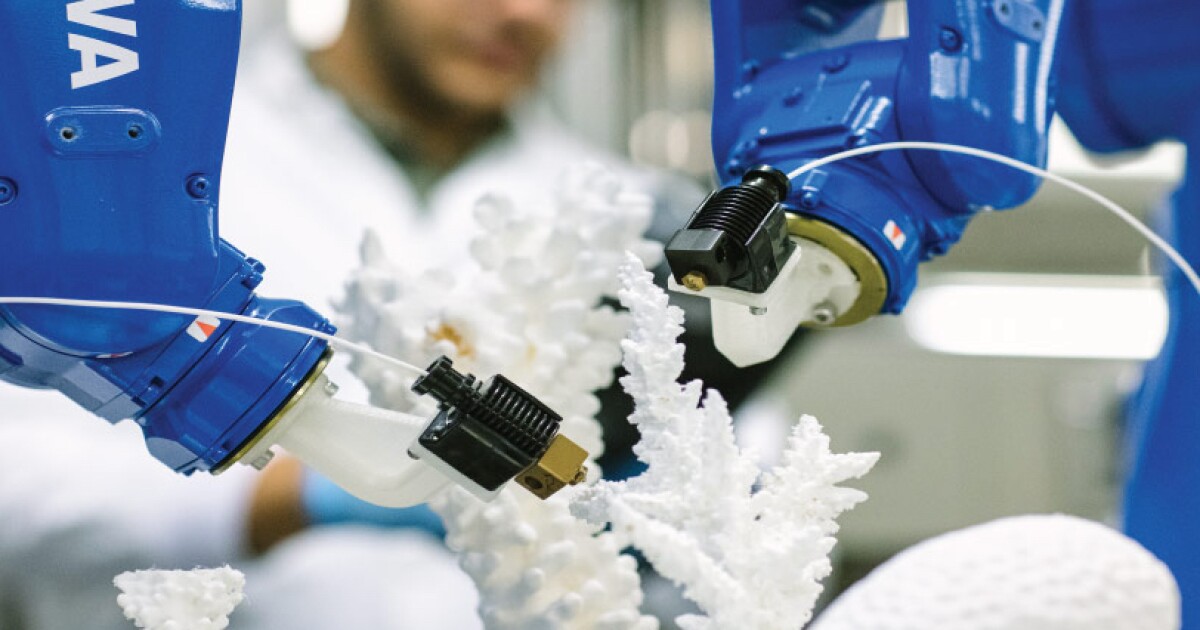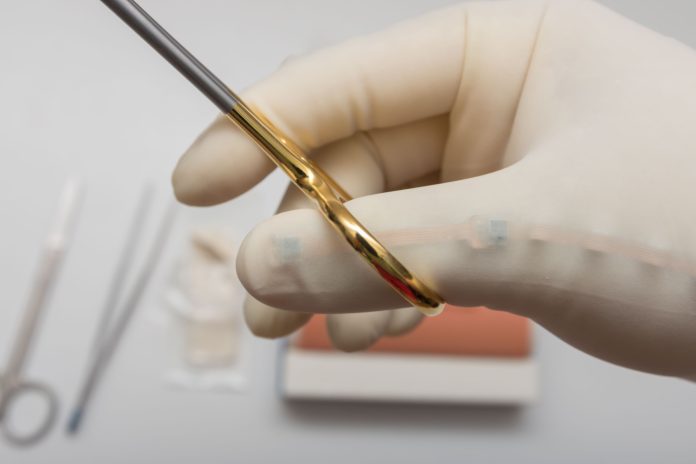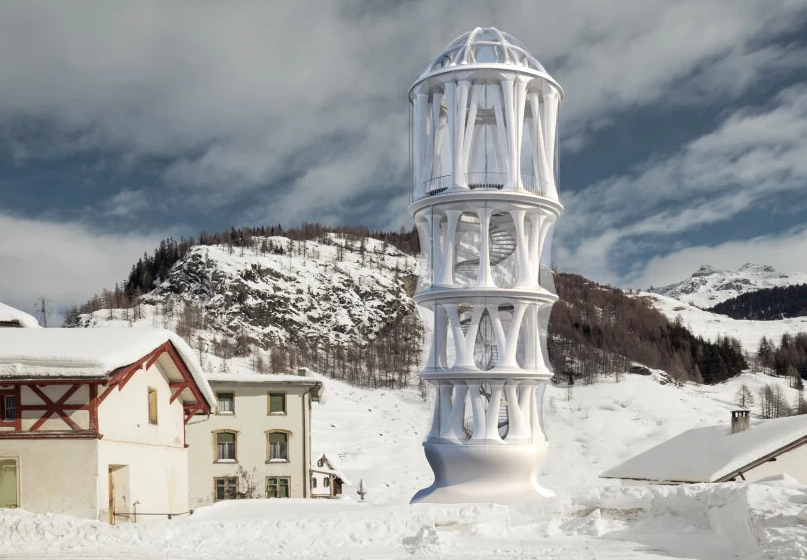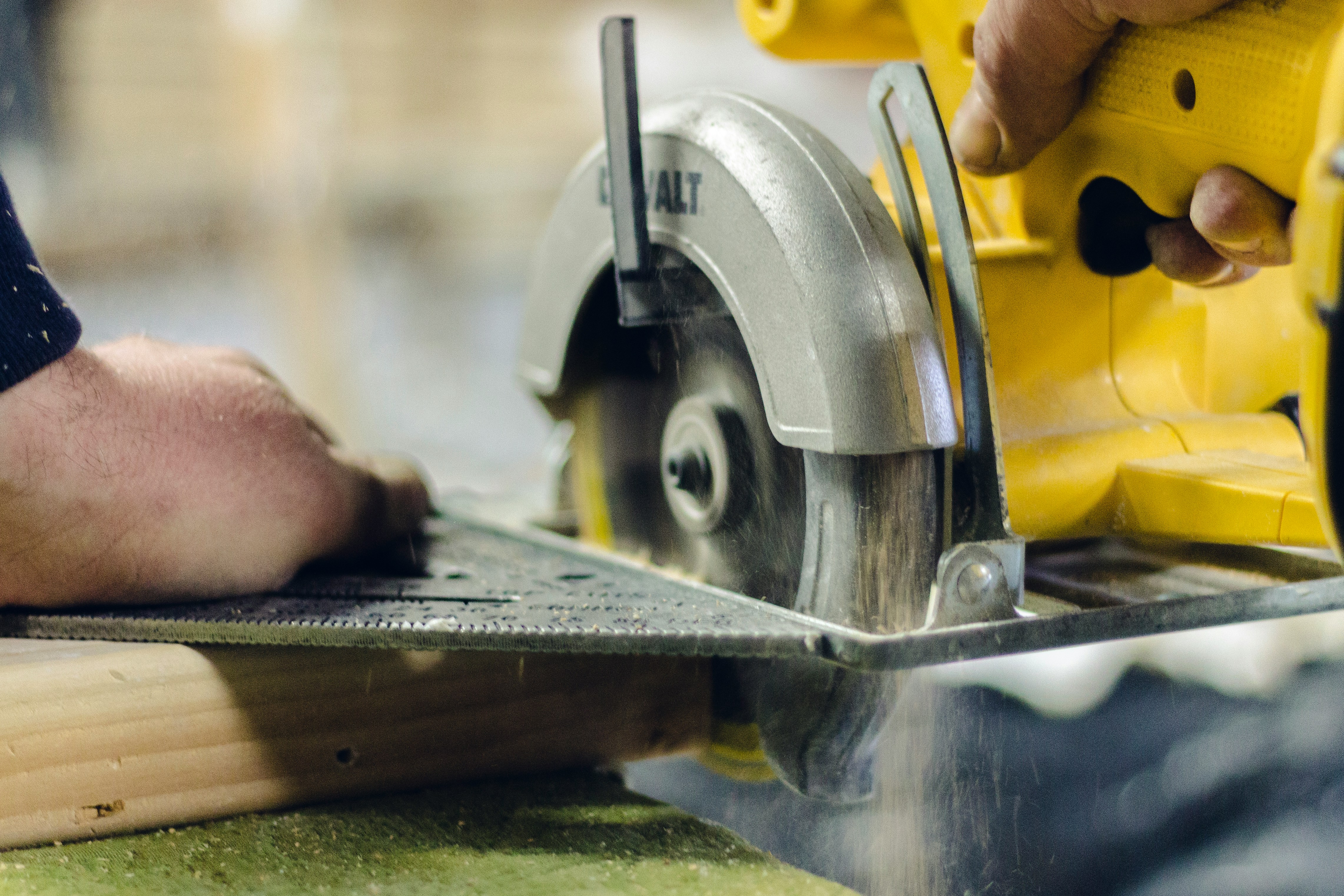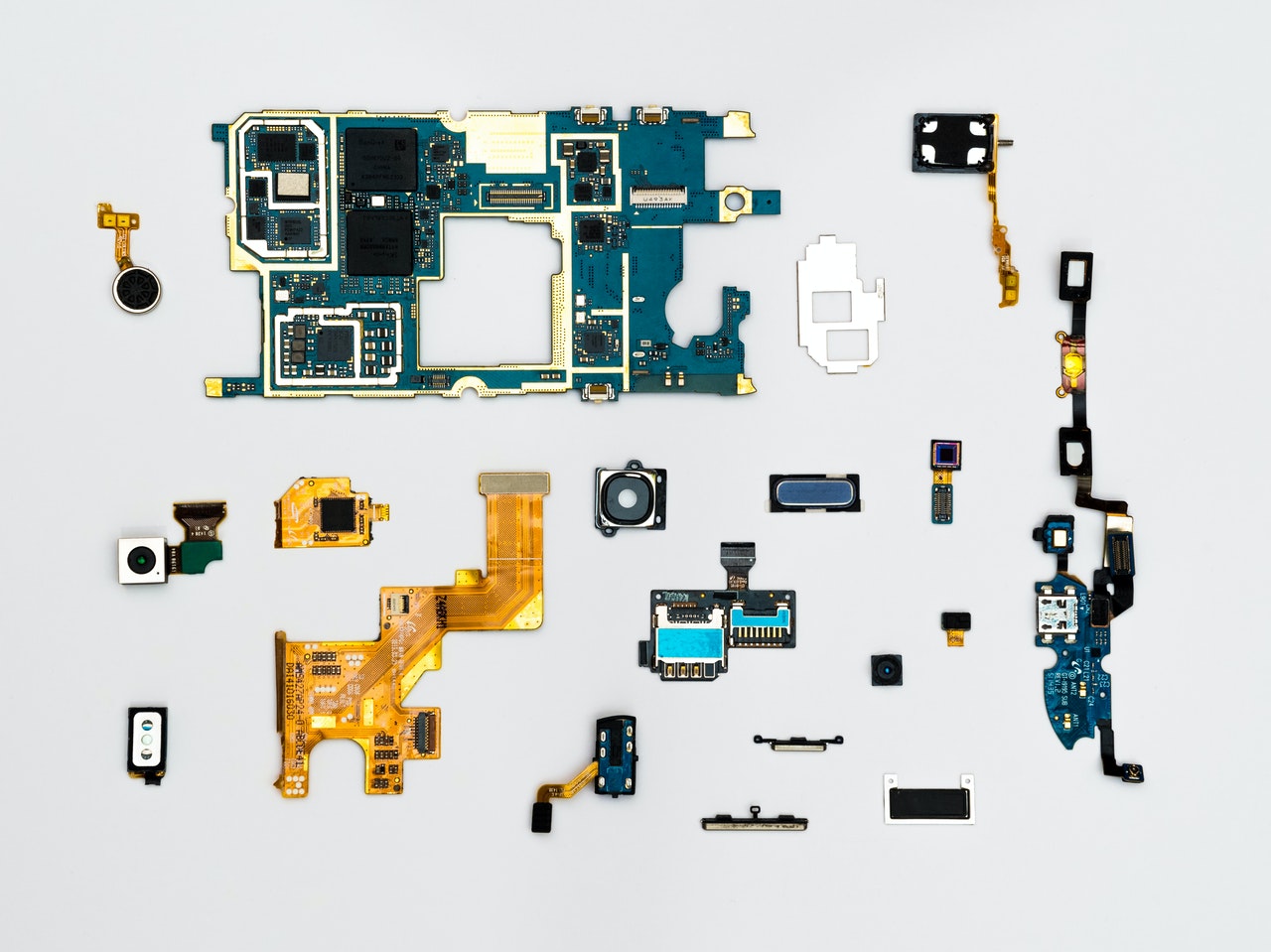Coral reefs also known as the rainforests of the sea are in crisis and are dying at an alarming rate worldwide. According to the World Resources Institute, about 25% of the world’s reefs have already disappeared and approximately two-thirds of all coral reefs are at risk.
Worldwide Reef restoration efforts are going on. These efforts include using concrete blocks or metal frames as substrates for coral growth. But, the resulting restoration is very slow. It is because corals deposit their carbonate skeleton at a rate of just millimeters per year.
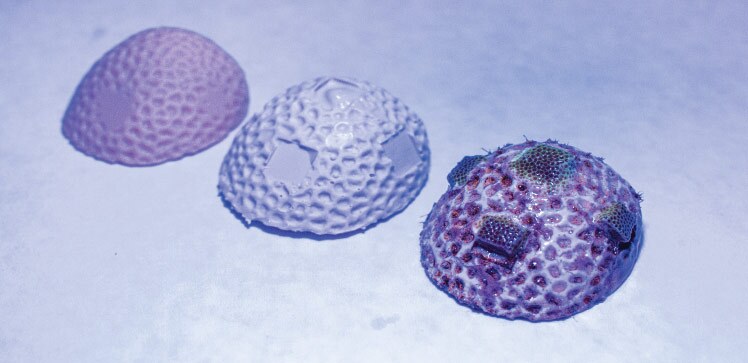
Image courtesy: KAUST
However, scientists think that coral restoration can be simplified and done faster utilizing 3D-printed skeletons
Now, scientists at Saudi Arabia’s King Abdullah University of Science and Technology (KAUST) have developed a technique to produce skeletons using calcium carbonate. This new approach is called 3D CoraPrint. To develop these corals, researchers used an ecofriendly and sustainable calcium carbonate photo-initiated (CCP) ink.
Researchers are considering two different printing methods for this. However, for both ways, initially, they have to scan a model of a coral skeleton.
The first method involves developing a calcium carbonate skeleton using the mold. But in the second method, the structure is printed directly using the CCP ink.
“With 3D printing and molds, we can get both flexibility and mimicry of what’s already going on in nature,” says Zainab Khan, the study’s other lead author. “The structure and process can be as close as possible to nature. Our goal is to facilitate that”

